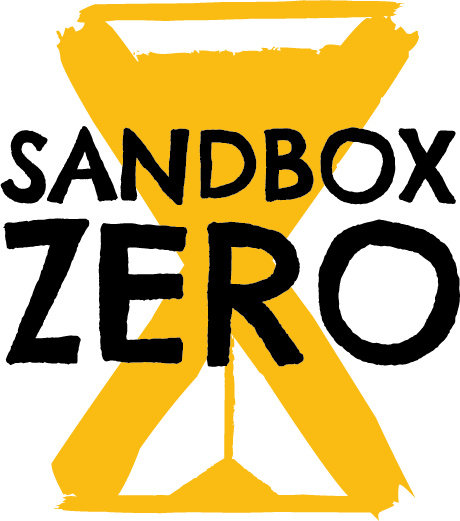Background
Sustainability in 2030 will be determined by the path we choose to take now. The current path was challenged earlier this summer by John Elkington’s recall of the term ‘Triple Bottom Line’ (TBL), which he coined in 1994. Elkington made the case that while the concept was valuable in helping many companies rethink how they do business it did not succeed to serve as a catalyst for system transformation, as he was hoping for. “To truly shift the needle, however, we need a new wave of TBL innovation and deployment,” he wrote.
Indeed, TBL was instrumental in shaping business thinking about sustainability issues in the last couple of decades, helping create a sandbox in which most corporations operate now to address their social and environmental impacts. While this sandbox was fresh and promising in the 90s, offering companies new ways to shift from business-as-usual practices, it is growingly becoming a quicksand, where companies get stuck with a sustainability-as-usual mindset that puts our future in danger.
This sandbox pushed companies to listen to their stakeholders, not just their shareholders, and take notice of sustainability issues, but didn’t provide them (and us) clear benchmarks articulating what ‘good enough’ actually means. Furthermore, there was no clear sense of urgency in this sandbox. Even if we had a sense that we’re in danger of crashing our airplane into a mountain as Elkington puts it, the underlying assumption was that the mountain is far enough and we still have time to change course. This may explain perhaps why the sandbox tolerated incrementalism and inconsistent action.
Now we have two options in front of us. One is to keep working on improving the sustainability-as-usual sandbox, assuming that given the systemic constraints (e.g. markets driven by short-termism and shareholder primacy) on implementing a more radical sustainability agenda, this route is still our best hope. The second option is to design a new sandbox, one that may offer new approaches and strategies to addressing the most critical sustainability issues we face.
We believe that while a new sandbox is not a guarantee for success, staying within the current one is a recipe for failure. One reason is time, or the lack of it, especially when it comes to climate change. We are at a point where “winning slowly is the same as loosing”, and it seems growingly unlikely that we can win fast enough with the current sustainability-as-usual mindset.
Therefore, inspired by John Elkington’s TBL recall, we’re launching an effort to explore a new path to 2030 and beyond. Entitled “Sandbox Zero”, this will be a space of exploration, serious play and inquiry, aiming to create a new paradigm of sustainability thinking, one that is grounded in a clear sense of urgency and focuses on designing human-centered solutions that are both radical and practical in order to make a difference in time.
Sandbox Zero will take a designerly approach to consider the opportunities and challenges around the implementation of new business models, policies, technologies, tactics and strategies aimed to support a sustainable future. This approach reflects what Ezio Manzini calls the “design mode”: “The outcome of combining three human gifts: critical sense (the ability to look at the state of things and recognize what cannot, or should not be, acceptable), creativity (the ability to imagine something that does not yet exist), and practical sense (the ability to recognize feasible ways of getting things to happen)”.
Initial work created in sandbox Zero, includes propositions considering behavior change strategies, sustainability reporting and the implementation of the Paris Agreement. We hope to see more work created by a diverse group of stakeholders that share sandbox Zero’s vision and is ready to take action to challenge the sustainability-as-usual status-quo.
